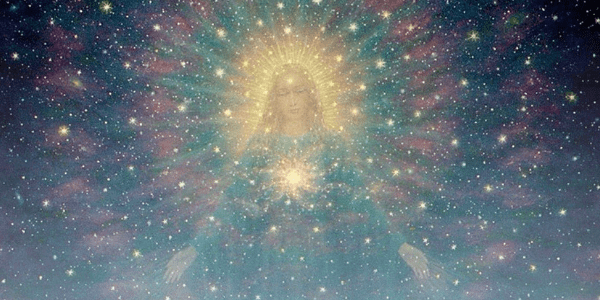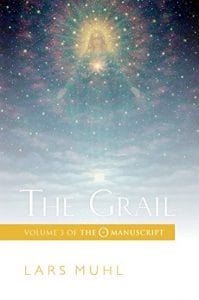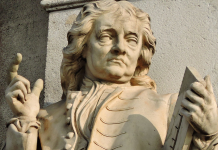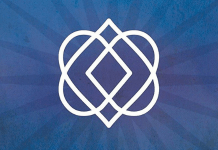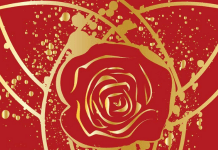The Grail, Lars Muhl
Watkins Publishing, 9781786780829, 336 pp, 2017
In this third and final book in the O Manuscript trilogy, The Grail, Lars Muhl brings to a close his recounting of the travels, experiences, and discoveries he made in search of the truth about Mary Magdalene, her background, the role she played in the life and ministry of Jesus, and her life after his death.
I want to state clearly that the books in this trilogy do not stand alone well, and it is impossible to review this one without reference to the previous two, and The Seer and The Magdalene.1 Muhl presumes the reader has read them both, and there is very little preamble before moving along with this book. Having said this, they are worth every moment spent reading them all.
In The Seer, Lars Muhl is referred to a man to heal his unknown, debilitating illness. This man begins as his healer, then moves on to mentor and teach him. It is in this book that Muhl begins a meditation practice, and begins hearing and listening to his own intuition.
In The Magdalene, Muhl continues his friendship and partnership with the Seer. They travel and discover physical evidence about the woman we know as Mary Magdalene, learn her true story, and reveal the Catholic Church’s conspiracy to hide it. As well, he explores the metaphysical world, the need for balance between male and female energies [sic], and puts his discoveries into very understandable language.2
Finally, in The Grail, he moves on with a new mentor, a female influence this time, to discover the later years of Mary Magdalene and her influence on the world around her. Like the previous books, The Grail chronicles his travels to physical locations as he shares the knowledge and insight he gains at each, and provides several photographs for context.
The underlying theme in The Grail is about recognizing the patterns, cycles, archetypes, and so on, in our personal lives, in historical lives events and lives, and on progressively larger scales. Not only that, but he advises how we should respond to these when we recognize them. Muhl writes, “Man is the transformer. His task is to transform darkness into light… darkness is not evil in itself. Darkness is a series of qualities which haven’t been acknowledged yet. If they stay unacknowledged or unchanged they carry in them the possibility of what you call evil.”3
This has been exceptionally relevant to me, personally and as a human being on this planet. In the past year, three catastrophic events have torn my family to shreds and threatened to bury me back under depression. I am not retelling them, but by considering them in light of what these three books put forth, I recognize them as old family themes that have cycled through, and been covered up or glossed over through many generations before me, until their expression has become too terrible to be ignored. On national and worldwide scales, and in much the same way, I can see the age-old issues of greed, poverty, violence, disasters natural and otherwise, cycling through to the point they have become monstrous caricatures of the ways they were expressed in times before. They are “darkness unacknowledged, and unchanged.”
The most pervasive example I can think of is racism, in all its expressions past and present. Until those in denial allow it into the light, it stays in darkness and takes on the characteristics of evil — and is acted upon. At the same time, the #metoo movement has encouraged us to challenge darkness and expose our secrets to the light. Yes, there has been pushback, but it has not prevailed over the vast wave of oneness and compassion.
In a graduated manner, the three volumes in The O Manuscript provide insight and courage in the face of monumental tragedy, opposition, and painful rejection. They suggest practical ways to hear and trust my own intuition and the Source behind it. I am here to be transformed, and I am also here to transform the darkness I see into light, and then to act upon it. And we are warned to complete that process, as, “Positive thoughts that do not turn into actions become negative dead weights instead.”4 Since I recognize this as a facet of the depression I struggle with, this knowledge becomes a tool to work with. In this way, the book could be considered a well-stocked tool box!
Other concepts approached in understandable language include Origin and its symbol, the circumpunct, akasha, isogenesis, archetypes, a wide variety of deities, astral projection and travel, angels, and reincarnation. Muhl also gives clear examples of prayers, mantras, and methods of meditation. He provides written charts and other visual graphics, photographs and maps for context, and even presents what he believes to be the fourth and fifth dimensions.
In summary, I originally approached The Grail, like the two before it, out of curiosity about Mary Magdalene, and, like the others, I found it surprising and satisfying. If you are looking to learn primarily about this subject, you will find an abundance of storytelling both speculative and historical, along with plenty of context and evidence. As well, if you are looking for the answers to weightier questions about what is going on in our current lives and in the world around us, The Grail will not disappoint.
- Read Tammy Hanley’s review of The Magdalene. [↩]
- Read the full review of The Magdalene. [↩]
- p. 261 [↩]
- p. 264 [↩]


